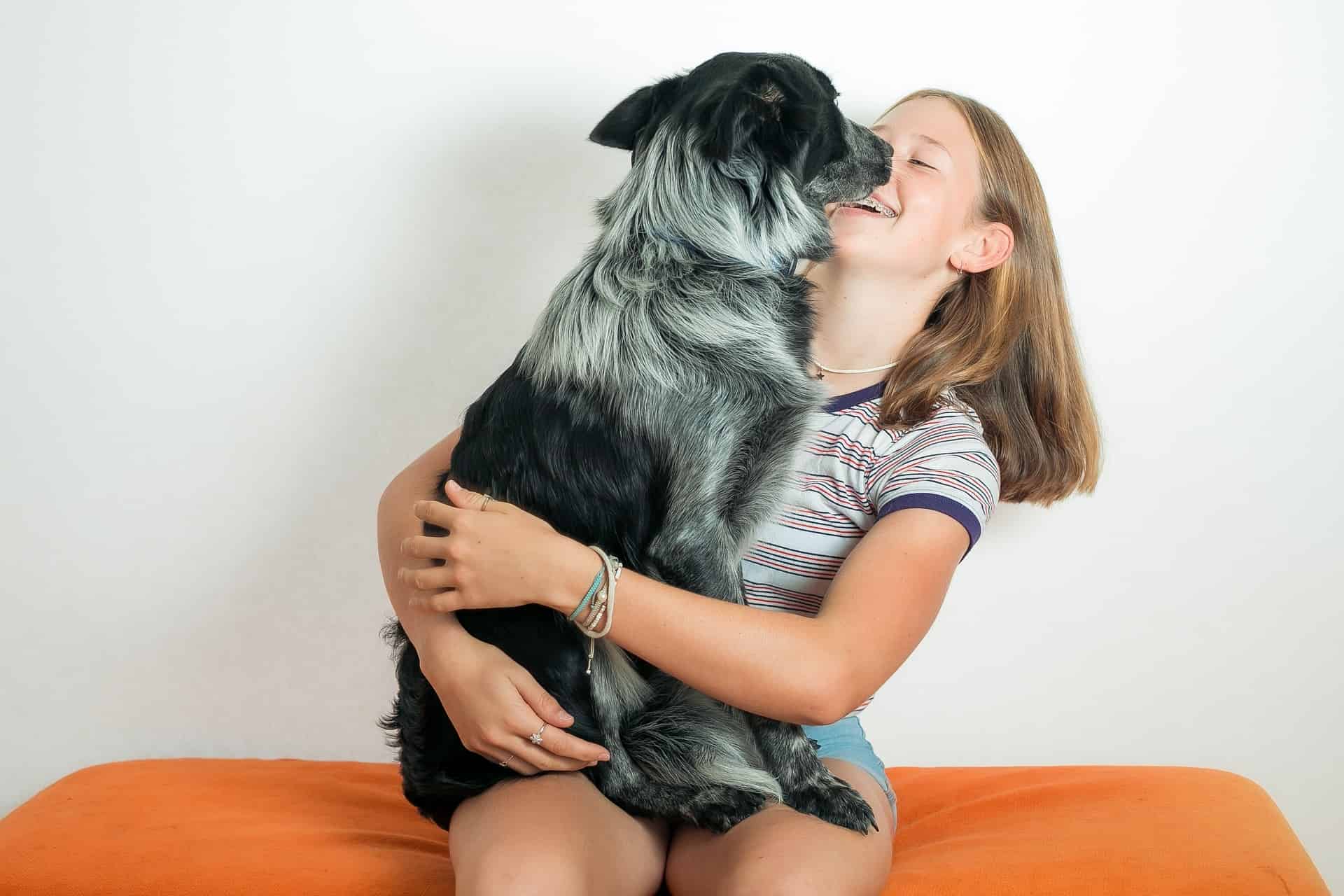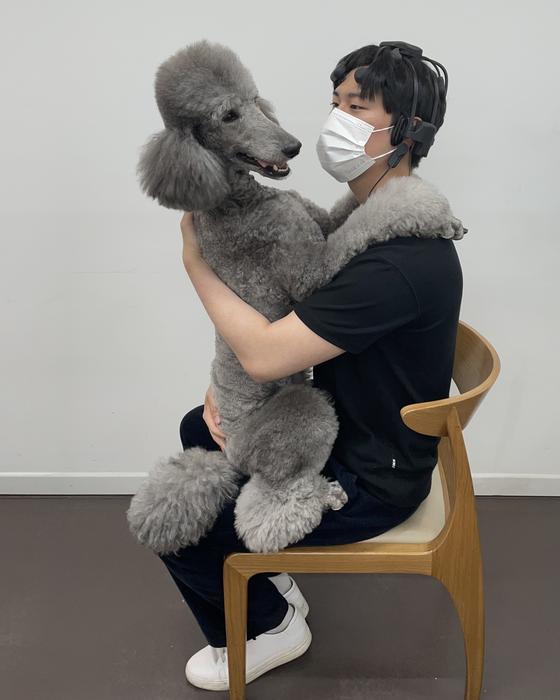
The very first animals that humans domesticated were dogs, thousands of years before farm or pack animals. It’s perhaps not surprising that people and dogs share such a deep connection to this day. You can argue that early dogs served a practical purpose, such as watching out for intruders, keeping other dangerous animals at bay, or assisting in hunting. But today’s dogs? Not so much. Nevertheless, they remain the number one pet in the United States. They must be doing something right.
A new study, led by Onyoo Yoo from Konkuk University in South Korea, sheds new light on how interacting with dogs significantly alters brain activity, leading to increased stress relief and improved concentration. What’s particularly intriguing is that distinct types of interaction, whether it’s play or petting, trigger different brain activity, each with its own unique brain patterns.
“The information received and processed by the body triggers diverse physiological responses, which are reflected in distinct brainwave patterns. An electroencephalogram records changes in electrical signals in the brain, which can be divided into different frequency bands. This study examined changes in brainwave patterns, specifically looking at alpha and beta waves. Multiple studies have shown that high alpha power indicates relaxation and emotional stability, while beta power indicates brain attention and concentration. Our research found that participants’ alpha-band brain waves increased while playing and walking with dogs, while beta-band brain waves increased while grooming, massaging, or playing with the dog,” lead researcher Onyoo Yoo told ZME Science.
The dog-human connection
This is not the first time that a study has shown that dogs can trigger positive reactions humans, such as lowering stress. One 2022 study found that therapy dogs lower stress in children, with and without special educational needs.
While these studies typically focus on directly measuring things like mood or stress, the new research goes a step further by measuring brain waves to differentiate how different types of interactions with canines impact people’s well-being.

The Korean researchers recruited 30 adults to interact with a trained dog through various activities while wearing EEG electrodes that monitor brain activity. These activities included playing with toys, giving treats, and even taking pictures with the dog. Following each session, participants reported their emotional states.
“Although not everyone owned pets, their fondness for animals likely motivated their willingness to participate in the experiment, potentially affecting the results. Animal-assisted therapy can be very helpful for those who like spending time with animals,” said Onyoo Yoo.
The results were clear: playing with and walking the dog increased alpha-band oscillations, which are associated with relaxed wakefulness. Activities like grooming and gentle massage raised beta-band oscillations, linked to better concentration. Overall, participants felt less tired, depressed, and stressed after these interactions, regardless of their personal history with pets.
Although the study acknowledges a potential bias — participants were likely animal lovers — the findings underscore the specific benefits of different types of interaction with dogs. This research adds to a growing body of evidence in support of targeted animal-assisted therapies, offering new insight into how spending time with dogs can be beneficial for mental health.
“The unique relationships between specific activities and their physiological effects could serve as a reference for programming targeted animal-assisted interventions,” said Yoo.
The findings appeared in the journal PLOS.






